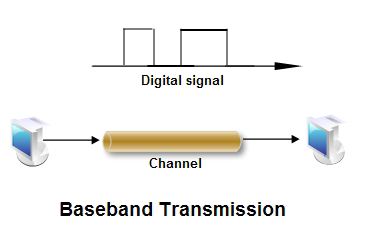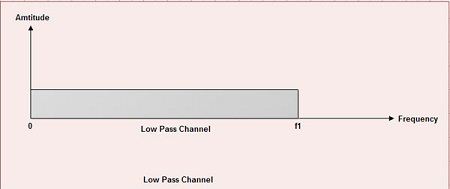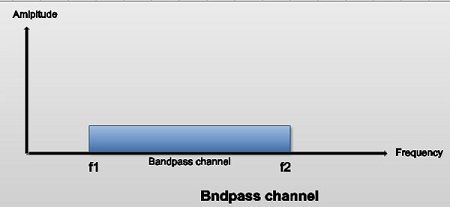Signal: A signal is the variation of an electrical current or another physical magnitude that is used to transmit information. For example, in telephony, there are different signals, consisting of a continuous or intermittent tone, a characteristic frequency, which allows the user to know in which situation the call located.
The digital signal is a type of signal generated by some kind of electromagnetic phenomenon in which each signal encoding the content thereof can be analyzed in terms of some magnitudes representing discrete values, rather than values within a certain range. For example, the light switch can only take two values or states: open or closed, or the same lamp: on or off.
Digital systems, such as the computer, use two-state logic represented by two levels of electrical voltage, one high, one H and one low, L. By abstraction, these states are replaced by zeros and ones, which facilitates the application of logic and binary arithmetic. If the high level is represented by 1, and the low level is 0, positive logic is spoken and otherwise negative logic.
It should mention that, in addition to the levels, in a digital signal are the transitions from high to low and from low to high, called rising and falling edges, respectively.
There are two different approaches for the transmission of digital signals: baseband transmission and broadband transmission.
We’ll be covering the following topics in this tutorial:
Baseband transmission
Baseband transmission means sending a digital signal over a channel without changing the digital signal to an analog signal. 

Baseband transmission requires low pass channel for transmission. A low pass channel is a channel whose bandwidth starts from zero.
Broadband Transmission
Broadband transmission means sending a digital signal over a channel after changing the digital signal to analog signal i.e. it requires modulation.
Broadband transmission can use bandpass channel. A bandpass channel is a channel whose bandwidth does not start from zero. A bandpass channel is more available than a lowpass channel.
 If the available channel is bandpass, we cannot send the digital signal directly to the channel, it must be converted to an analog form before transmission.[/vc_column_text][/vc_column][/vc_row]
If the available channel is bandpass, we cannot send the digital signal directly to the channel, it must be converted to an analog form before transmission.[/vc_column_text][/vc_column][/vc_row]
 Dinesh Thakur holds an B.C.A, MCDBA, MCSD certifications. Dinesh authors the hugely popular
Dinesh Thakur holds an B.C.A, MCDBA, MCSD certifications. Dinesh authors the hugely popular